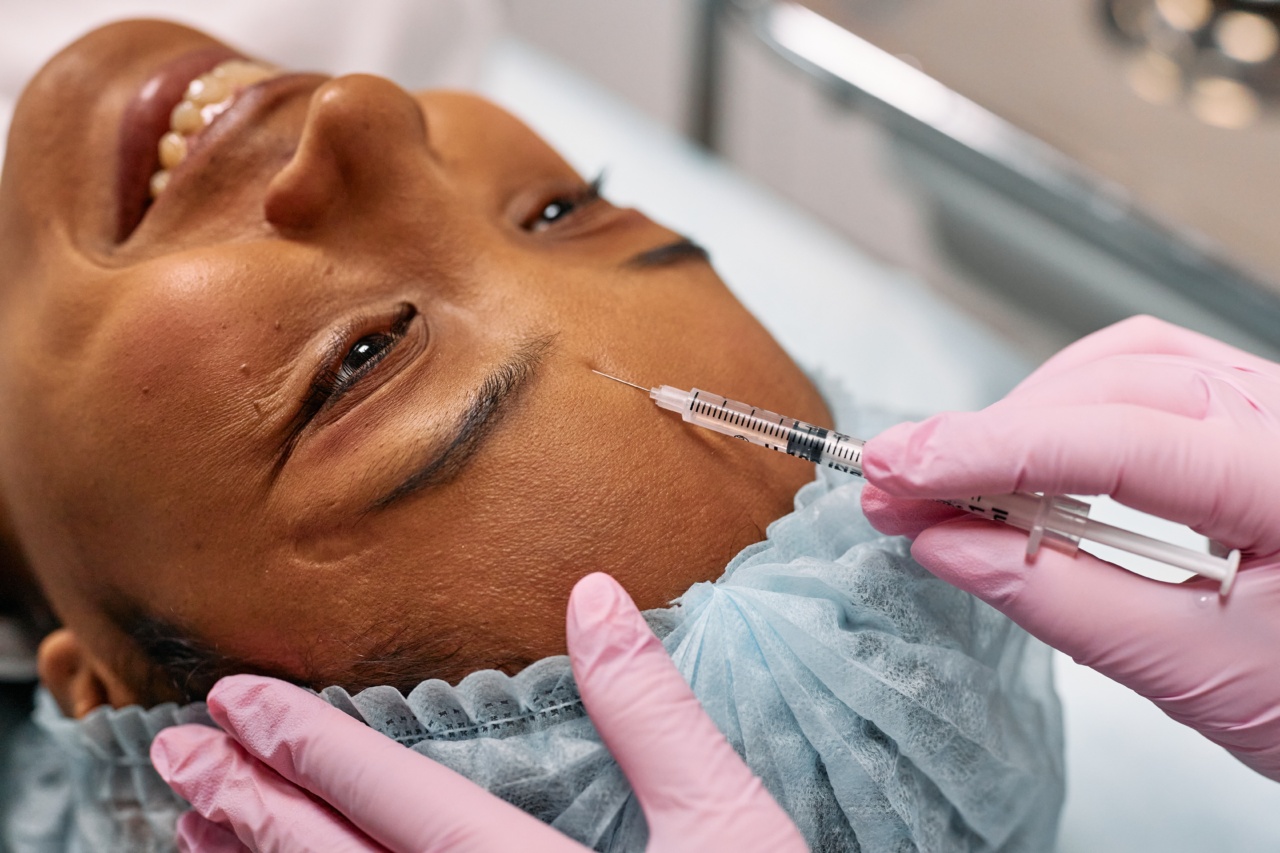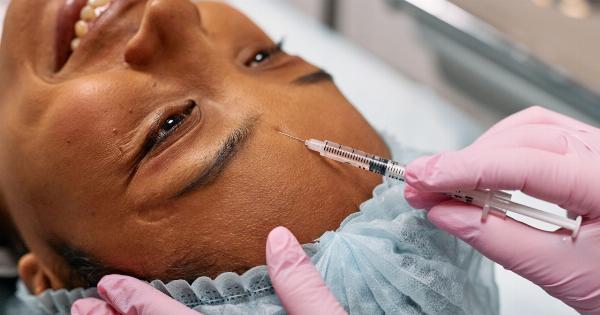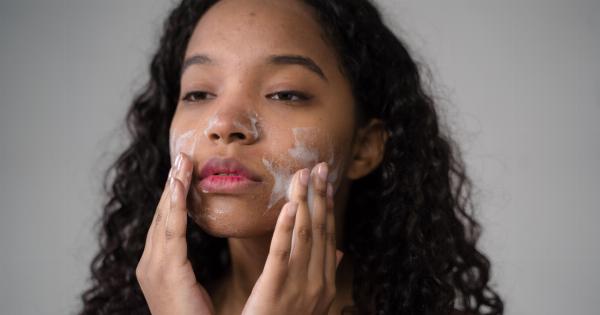The pursuit of youthful skin has been a constant desire for many individuals. As we age, our skin undergoes various changes such as loss of elasticity, fine lines, wrinkles, and sagging.
To combat these signs of aging, people turn to various skincare products and treatments. Among these, Botox and Hyaluronic Acid have emerged as the go-to anti-aging treatments.
What is Botox?
Botox, short for Botulinum toxin, is a neurotoxic protein that is derived from the Clostridium botulinum bacteria. It is used in small doses to selectively block the nerve signals that cause muscle contraction.
By temporarily reducing muscle activity, Botox helps to smooth out wrinkles and fine lines on the face.
How does Botox work?
When injected into specific facial muscles, Botox blocks the release of acetylcholine, a chemical messenger that triggers muscle contractions. As a result, the targeted muscles relax, reducing the appearance of wrinkles and fine lines.
The effects of Botox typically last for three to six months, after which the muscles gradually regain their ability to contract.
The benefits of Botox
Botox is widely known for its ability to diminish the appearance of wrinkles and fine lines, making it a popular choice among individuals seeking a more youthful appearance. Here are some key benefits of Botox:.
- Non-surgical: Botox is a non-invasive treatment that does not require any incisions or sutures.
- Quick procedure: The Botox injection procedure can usually be completed in just a few minutes.
- No downtime: Unlike surgical procedures, Botox requires minimal downtime, allowing individuals to resume their normal activities immediately.
- Natural-looking results: Botox helps to achieve natural-looking results by reducing the visibility of wrinkles without giving an overly frozen or artificial appearance.
- Multiple applications: Botox can be used to treat various types of facial wrinkles, including frown lines, crow’s feet, and forehead lines.
Understanding Hyaluronic Acid
Hyaluronic Acid (HA) is a naturally occurring substance in the body that acts as a lubricant and moisturizer for the skin. It plays a crucial role in maintaining skin hydration and elasticity.
However, as we age, the production of hyaluronic acid decreases, leading to dryness, fine lines, and sagging of the skin.
Hyaluronic Acid as an anti-aging treatment
Due to its remarkable ability to retain moisture, hyaluronic acid has become a popular ingredient in many skincare products and dermal fillers.
HA-based dermal fillers, often administered through injections, can restore volume and fullness to the skin, reducing the appearance of wrinkles and fine lines. These fillers can be used to enhance features such as lips, cheeks, and even rejuvenate hands.
The benefits of Hyaluronic Acid treatments
Hyaluronic Acid treatments offer several benefits, making them an effective choice for anti-aging. Here are some key advantages:.
- Non-surgical: Just like Botox, Hyaluronic Acid treatments are non-surgical, which means there is no need for incisions or extensive downtime.
- Immediate results: Unlike some anti-aging treatments, the results of hyaluronic acid fillers are visible immediately after the procedure.
- Natural-looking outcomes: Hyaluronic acid fillers provide natural-looking results by restoring volume to the skin without sacrificing facial expressions.
- Gradual and reversible: The effects of hyaluronic acid fillers are not permanent, allowing individuals to adjust or reverse the treatment if desired.
- Stimulates collagen production: In addition to its immediate effects, hyaluronic acid also stimulates collagen production, promoting long-term improvements in skin tone and texture.
Botox versus Hyaluronic Acid
Both Botox and Hyaluronic Acid treatments are highly effective anti-aging solutions; however, they target different aspects of the aging process.
While Botox primarily works on relaxing muscles to reduce wrinkles caused by muscle contractions, hyaluronic acid fillers add volume and moisture to the skin, addressing signs of aging related to loss of collagen and skin elasticity.
The choice between Botox and Hyaluronic Acid depends on individual preferences and the specific signs of aging one wishes to address. In some cases, a combination of both treatments may be recommended for optimal results.
Conclusion
Botox and Hyaluronic Acid have revolutionized the field of anti-aging treatments, providing individuals with safe and effective solutions to combat the signs of aging.
Botox’s ability to relax muscles and smooth out wrinkles, combined with the hydrating and volumizing properties of Hyaluronic Acid, make them the go-to treatments for achieving youthful-looking skin.





























